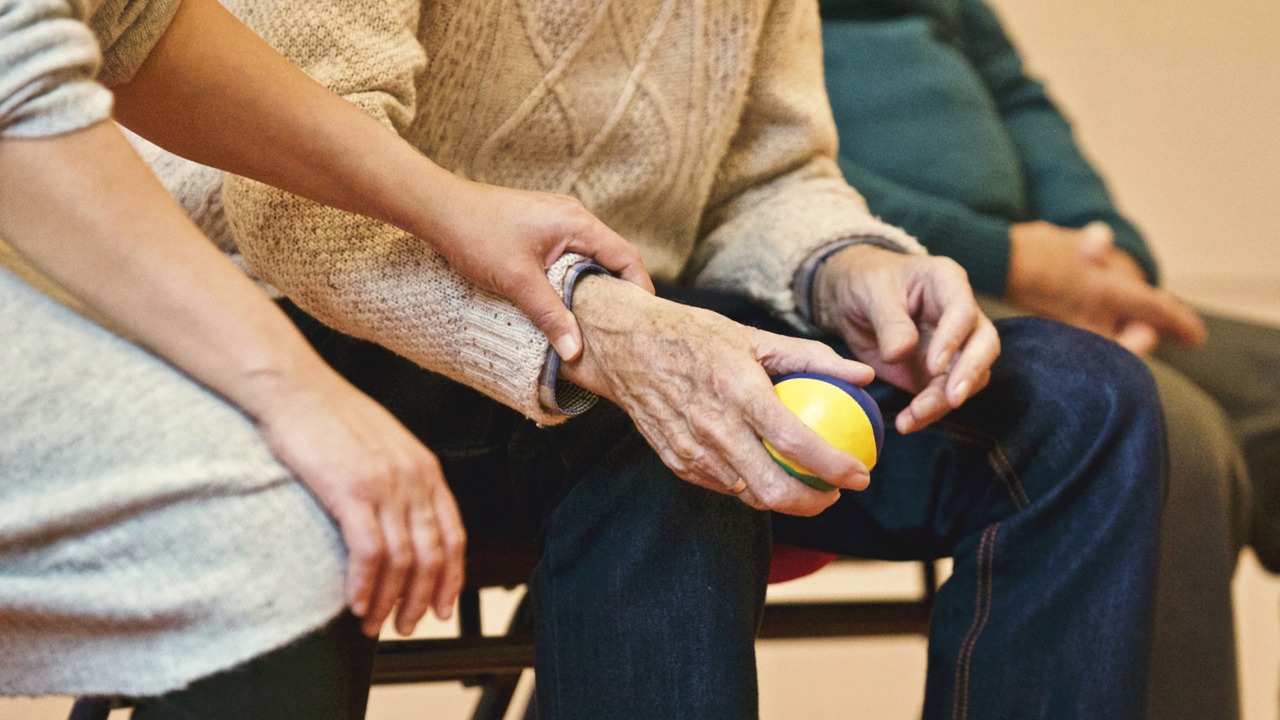New York City has more than lived up to its “melting pot” label: people of all ages, countries, and cultures share space on the map. It matters little whether you’re from China or Canada: live here long enough, and you’ll learn to dodge tourists and avoid empty train cars like the plague.
At once diverse and well-connected, all New Yorkers have health needs, and as the population ages these needs are only growing. Foreign-born seniors, in particular, have needs that not all health providers are adequately equipped to give.
With innovative solutions in the private and public sector, I believe quality care can be achieved for all seniors. But there needs to be a shift in healthcare delivery focusing on affordability, comfort, and quality to get there.
NYC’s Graying, By the Numbers
Today, Americans aged 65 and older make up about 15 percent of the population, having grown at double the rate of the average population since 2005. By 2050, their share will rise to 21 percent.
In New York, there are 1.1 million adults are over age 65, or 13 percent of the city’s population, only slightly less than the national average. The City’s Department for Aging estimates that seniors will outnumber school-aged children by 2030.
One in ten older immigrants calls New York City home, with New York’s share of foreign-born seniors the highest in the nation. This population increased by over 170,000 people in the last decade.
Inadequate income is an issue for all seniors, but when it comes to older immigrants, nearly 24 percent live under the poverty line. The average income of foreign born seniors in New York City is nearly half that of native-born seniors, at $9,900 compared to $18,300.
The Center for an Urban Future (CUF) credits this discrepancy to the fact that “31 percent of older immigrants in the city do not receive Social Security benefits, compared to only 16 percent of native-born seniors.”
On top of these challenges, there’s an even larger obstacle: language barriers. As the leading metropolitan gateway for legal immigrants, NYC is the most linguistically diverse city in the world.
About 60 percent of immigrant seniors in New York City have limited English proficiency (LEP), and about 200,000 in total live in linguistically-isolated households where no one over the age of 14 speaks English. This can be problematic in times of emergency.
In the world of healthcare, communication is not just beneficial but a necessity. Experts say language barriers can lead to social isolation and aggravated health issues. So when families can no longer support their elders, they need healthcare facilities with practitioners that speak their native tongue.
Solutions for Foreign-Born Seniors
For New York City to serve its seniors, and older immigrants specifically, professionals in the private and public sector need to re-think healthcare. The traditional model of nursing homes will not serve an influx of seniors, least of all those accustomed to a rich culture and supportive community.
Already, 70 percent of older adults are concerned about being able to age in their communities. One way we’ve seen this addressed so far is through the rise of NORCs, or naturally occurring retirement communities. These multi-age housing developments or neighborhoods, home to a significant number of older persons, maintain a sense of culture and community and access to social services and healthcare.
Unfortunately, the population size and density requirements for NORCs currently funded by DFTA exclude less-dense areas where older immigrant populations are growing. Baseline, permanent funding for new NORCs that serve immigrants would help.
When seniors need medical attention, acute hospice care or rehabilitation, hospitals and nursing facilities must provide proper care for aging immigrants too. Some hospitals provide translation services, but there are still gaps that lead to extra costs or worse, preventable deaths.
It doesn’t help that there is a shortage of healthcare professionals in the US. Promoting and incentivizing jobs in this industry, especially among bilingual individuals, could go a long way in servicing the vulnerable.
Since environment plays a key role in the healing process, centers that employ bilingual staff and provide cultural environments and activities that cater to foreign-born seniors will make a greater impact than facilities with fewer options.
The last nut to crack will be affordability. There is no simple solution, and for policymakers and entrepreneurs it may be one of the biggest challenges in coming decades. We need to focus on eliminating barriers to cut costs and fill gaps in the healthcare continuum.
If we work within existing laws in a way that is cost-effective, leveraging innovation and smart partnerships along the way, the future could be bright for all seniors. It will be hard work, but caring enough to provide better care is the first step to getting there.






